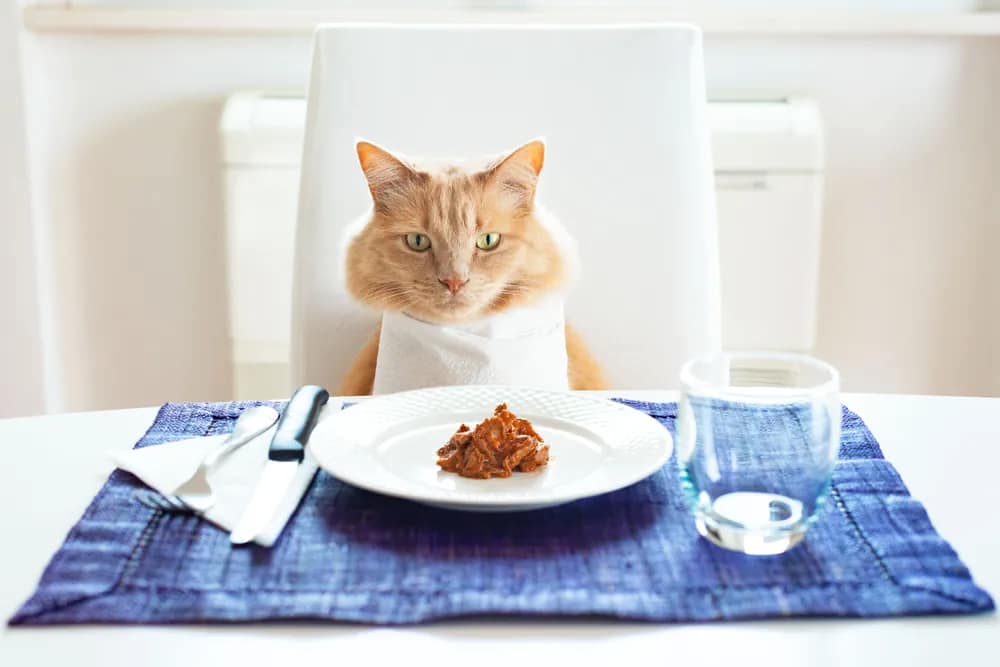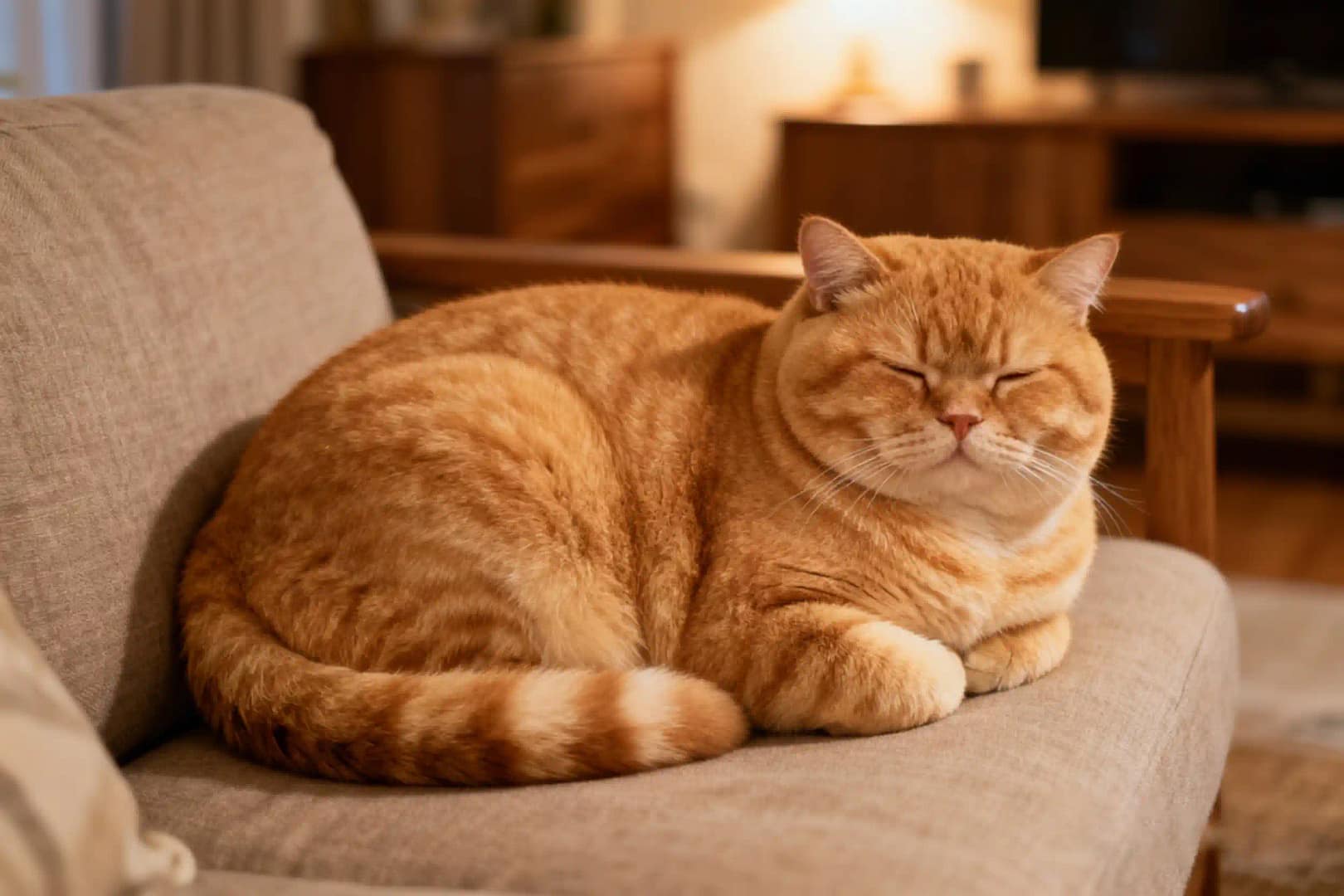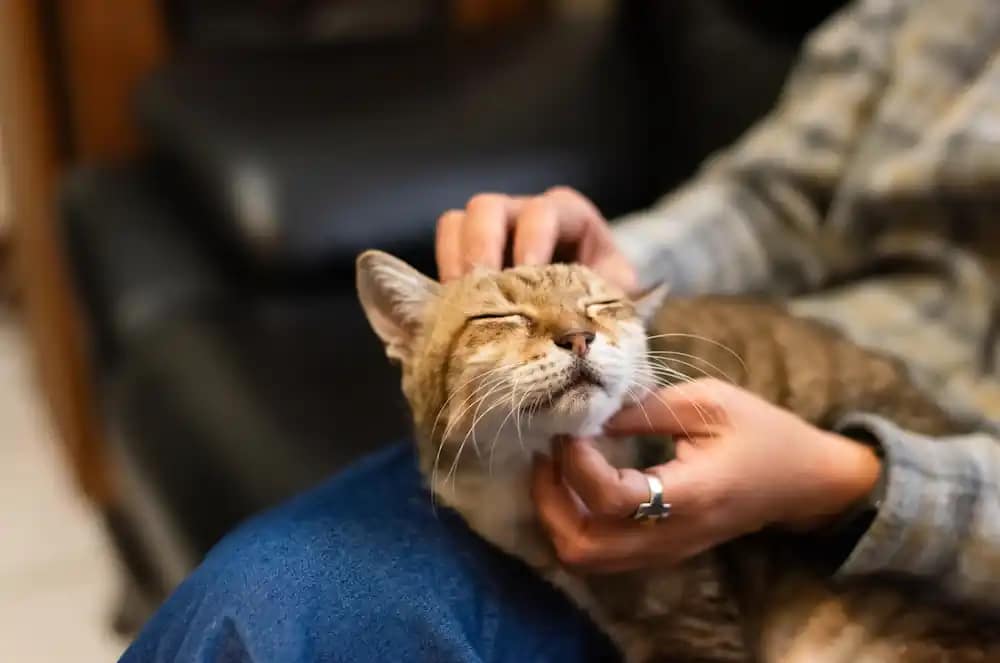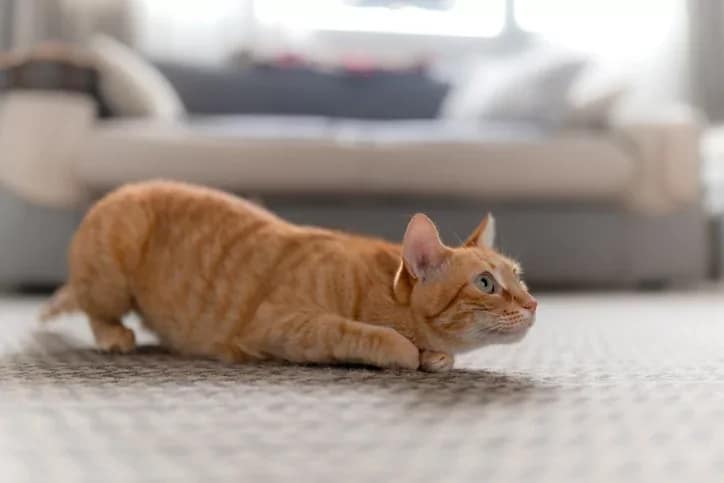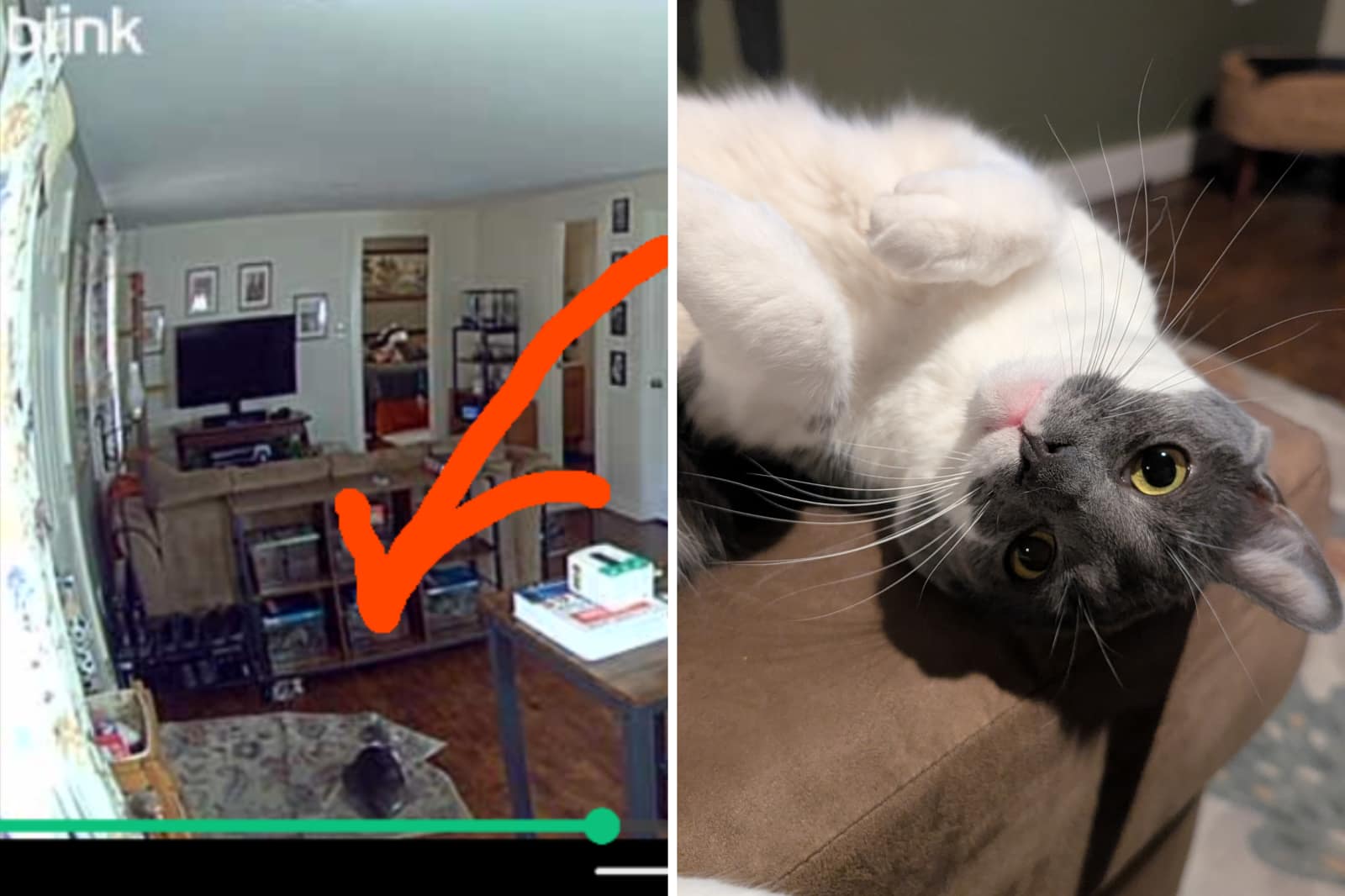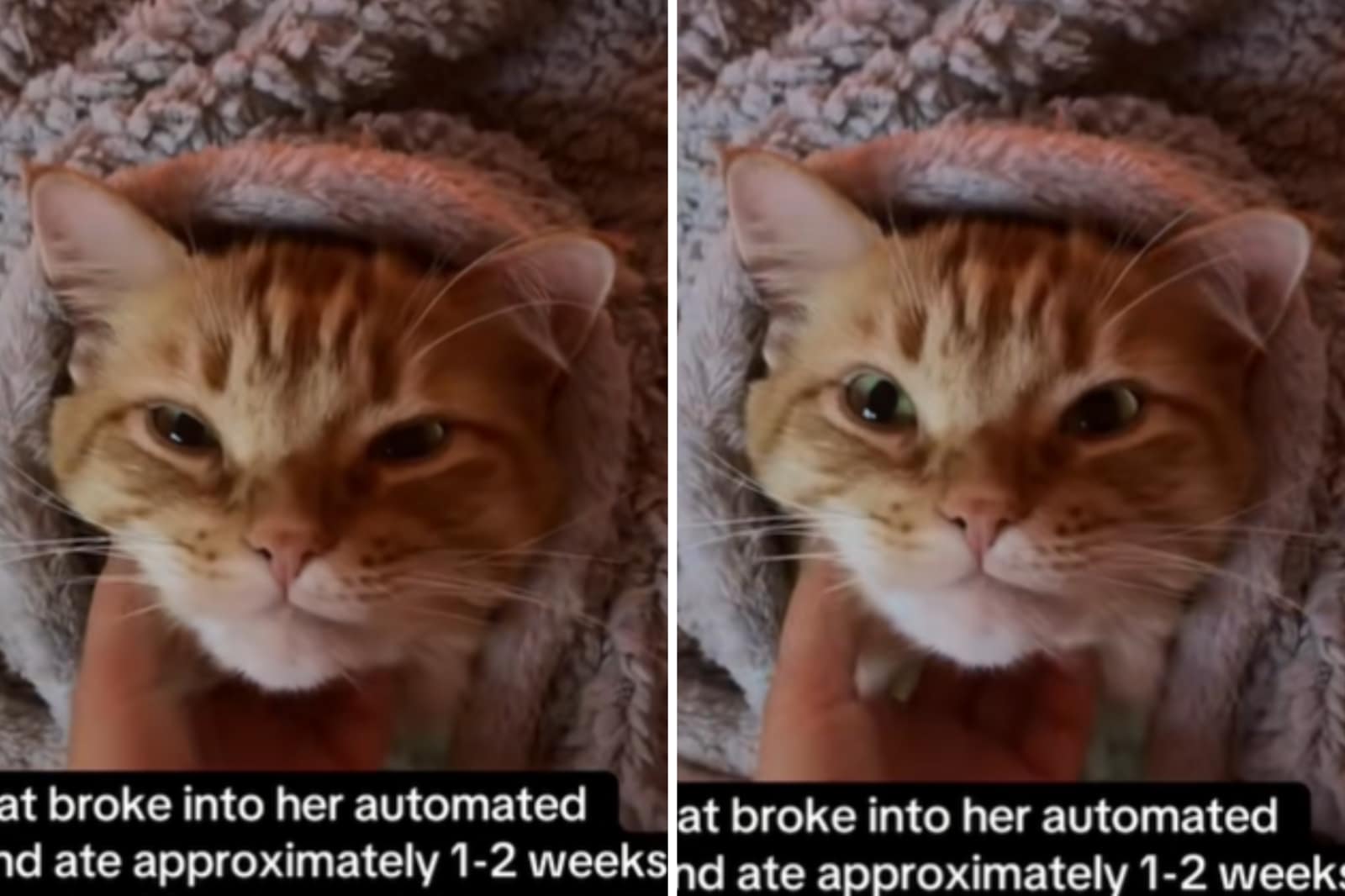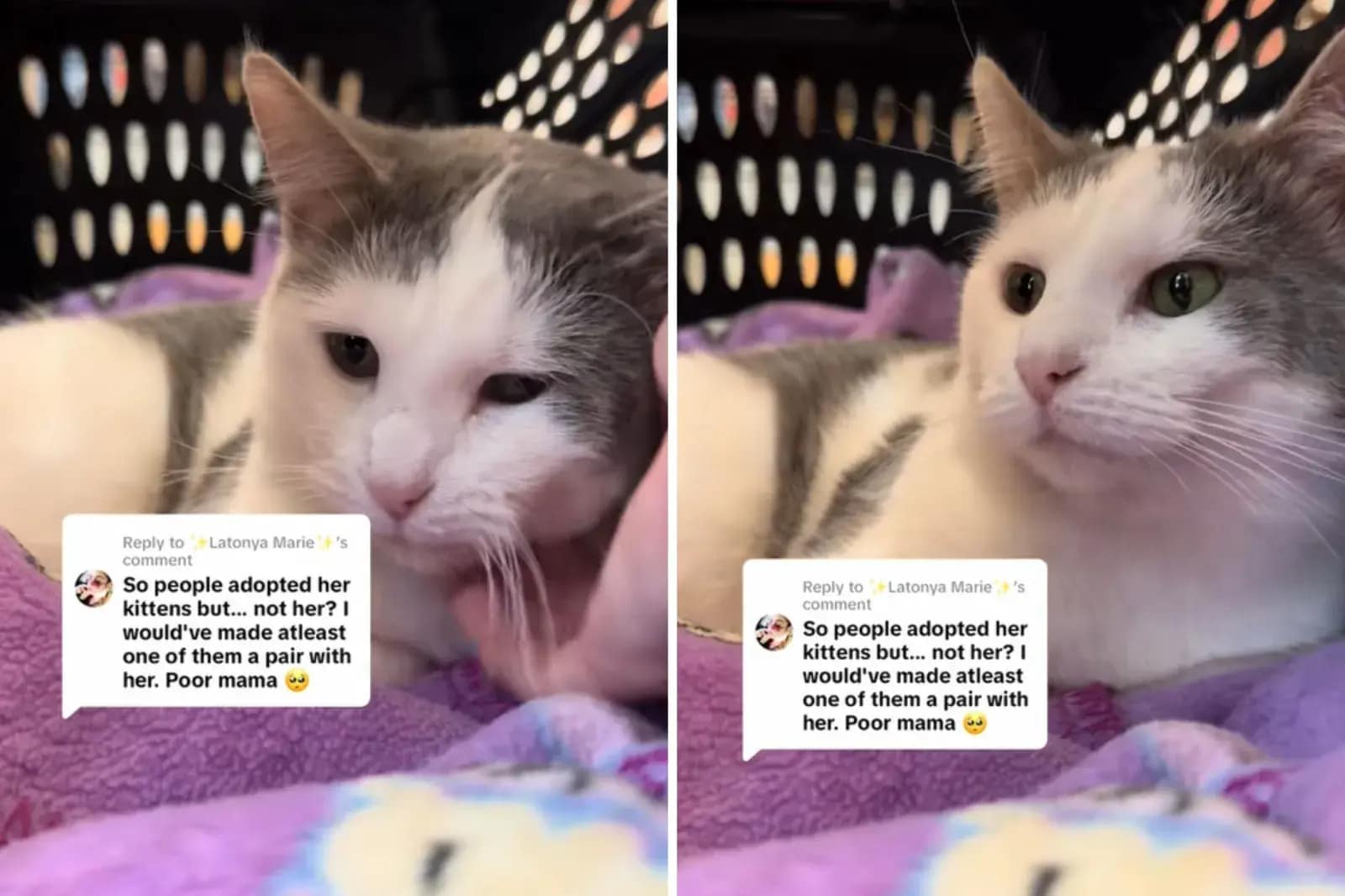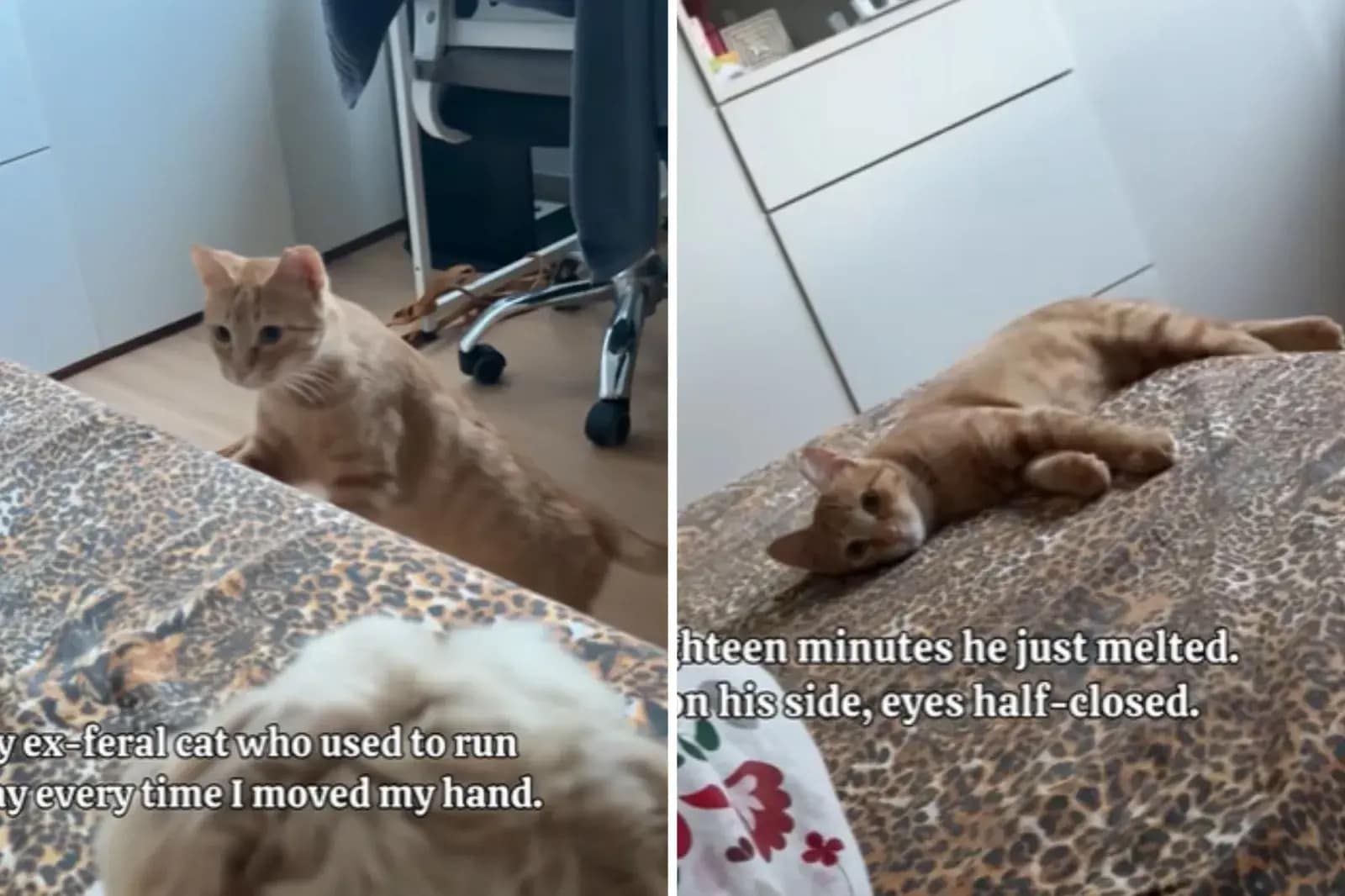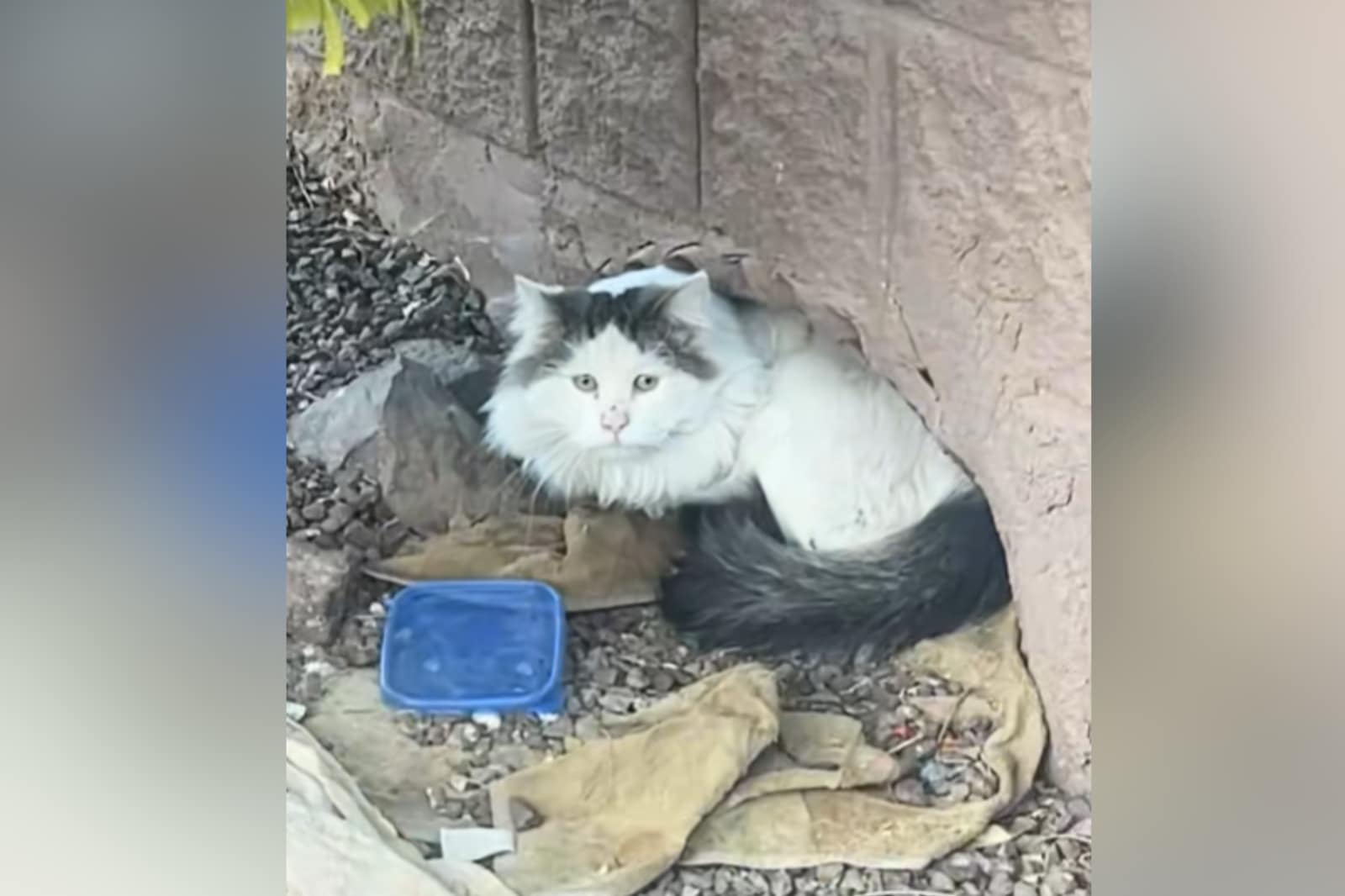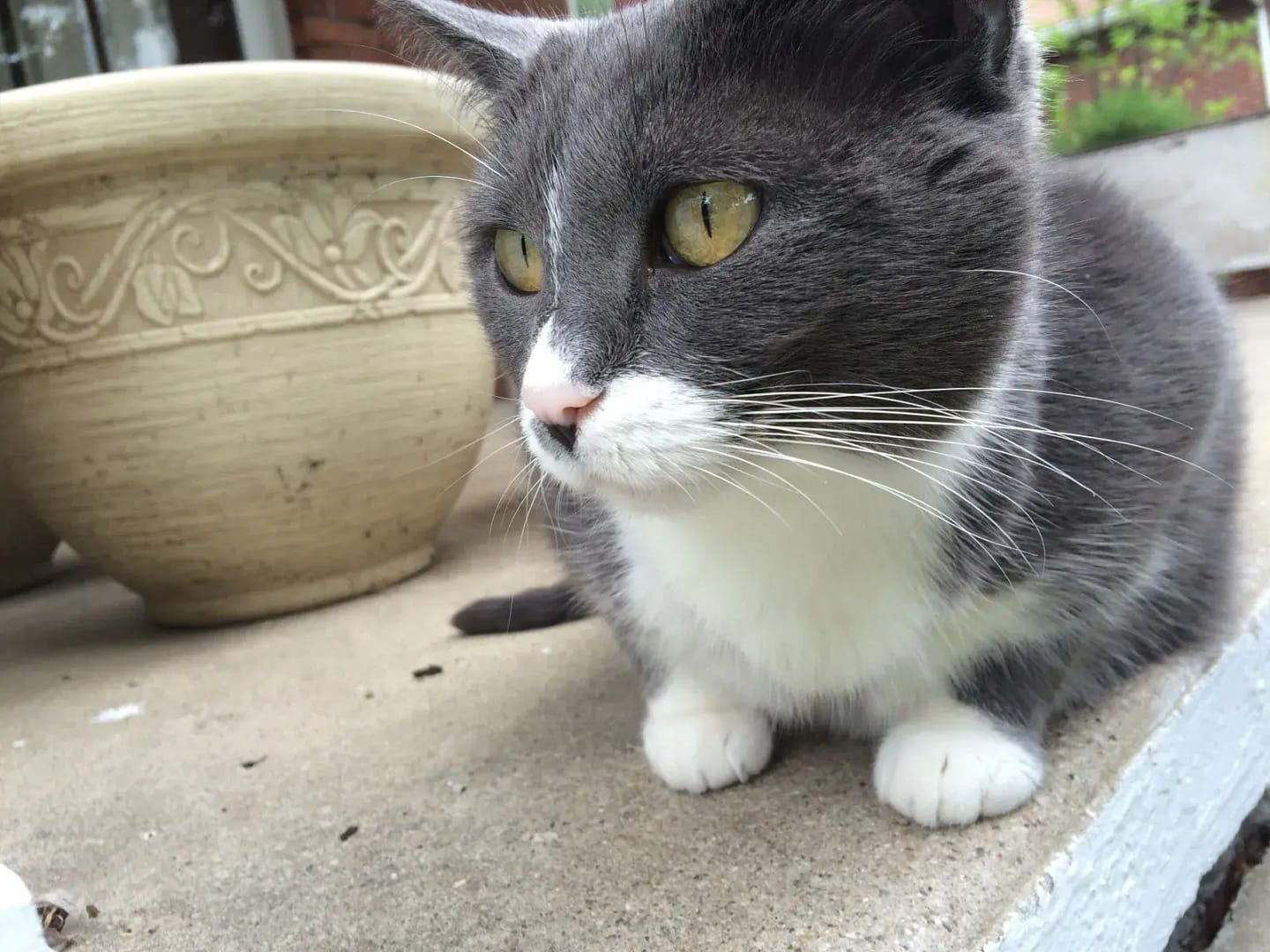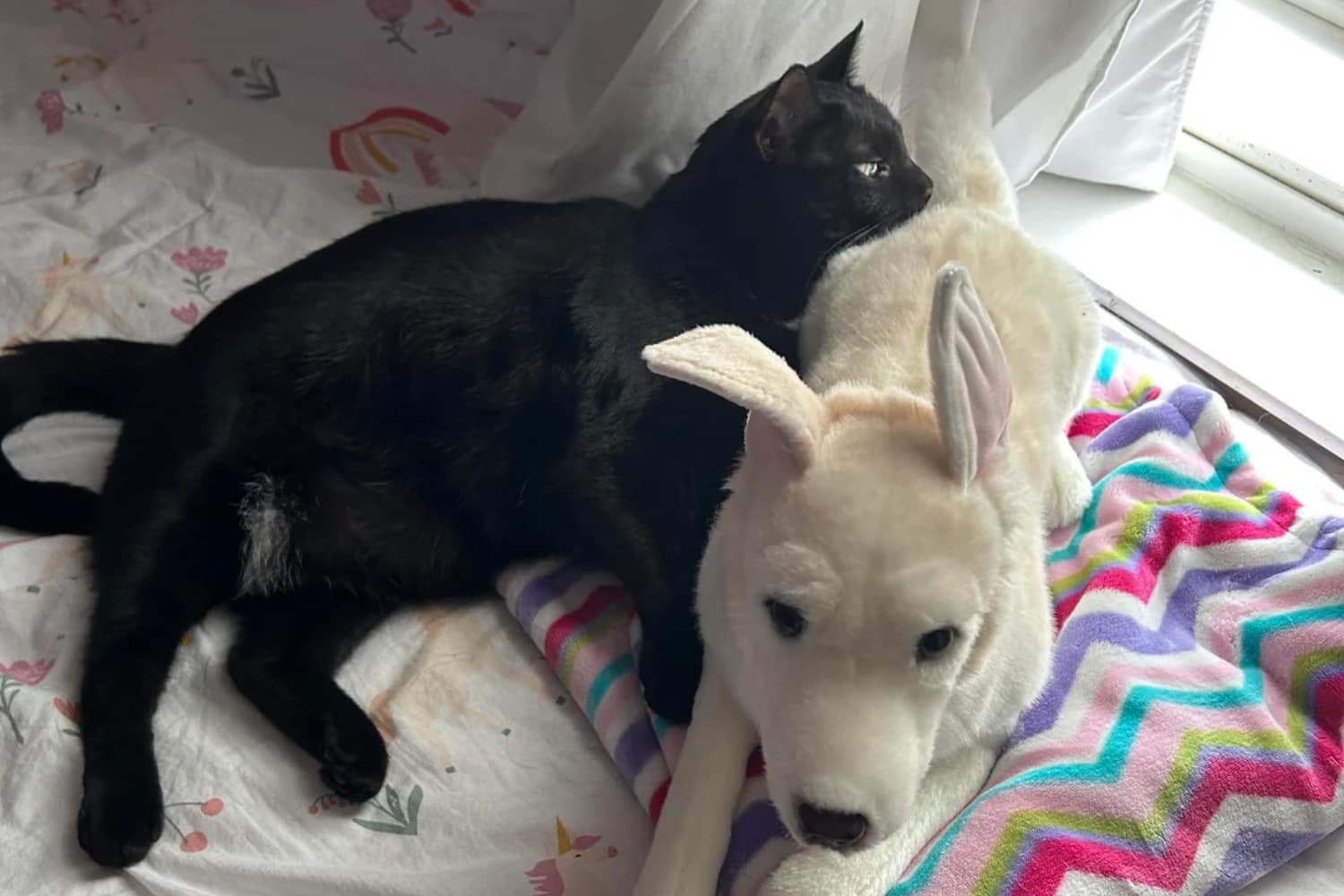We all share that deep desire to give our furry companions the very best—whether it’s a cozy spot on the couch or meals that nourish their bodies and spirits.
You’ve probably wondered if whipping up homemade cat food could be the ultimate way to show your love, especially when store-bought options sometimes feel impersonal or packed with unknowns. But is homemade cat food truly better?
In this guide, we’ll explore the heartfelt pros and cons, drawing from veterinary wisdom to help you make practical decisions that prioritize your cat’s health and happiness. Let’s dive in with empathy and clarity, because every whisker twitch matters.
Why Homemade Cat Food Appeals to Loving Pet Parents
Imagine hand-selecting fresh ingredients for your cat’s dinner, knowing exactly what’s in every bite. For many of us, this sounds like the pinnacle of pet parenting, especially in a world where we’re increasingly mindful of what we feed our families—including our four-legged ones. Homemade cat food allows you to tailor meals to your cat’s unique needs, avoiding fillers or additives that might not sit well with their sensitive tummies.
The Heartwarming Benefits of Homemade Cat Food
One of the biggest draws is the complete control you have over ingredients. If you’re concerned about artificial colors, flavors, or preservatives sneaking into your cat’s diet, going homemade lets you skip them entirely. Want to go organic, grain-free, or focus on high-quality proteins? It’s all in your hands, making it easier to craft a meal that aligns with your values and your cat’s preferences.
This approach shines particularly bright for cats with dietary sensitivities. As cat parents, we often worry about allergies or intolerances that leave our kitties scratching or feeling unwell. With homemade food, you can easily exclude triggers like common allergens such as certain grains or proteins.
Plus, if your cat is under the weather and turning up their nose at commercial options, a fresh homemade meal might just entice them to eat, helping them regain strength during tough times.
Beyond allergies, homemade diets can boost overall appeal. Fresh ingredients often result in tastier, more aromatic meals that even picky eaters can’t resist. Many pet parents report improved appetite, shinier coats, and better digestion when switching to home-cooked options, fostering that special bond through shared mealtime joy. It’s not just about nutrition—it’s about the emotional connection of providing something made with love.
To expand on this, consider how customization extends to life stages. Kittens might need extra calories for growth, while senior cats could benefit from joint-supporting additions like omega-3s from fish. For instance, incorporating safe fish options can enhance these benefits—check out our guide on whether cats can eat salmon for tips on including it responsibly in your cat’s diet.
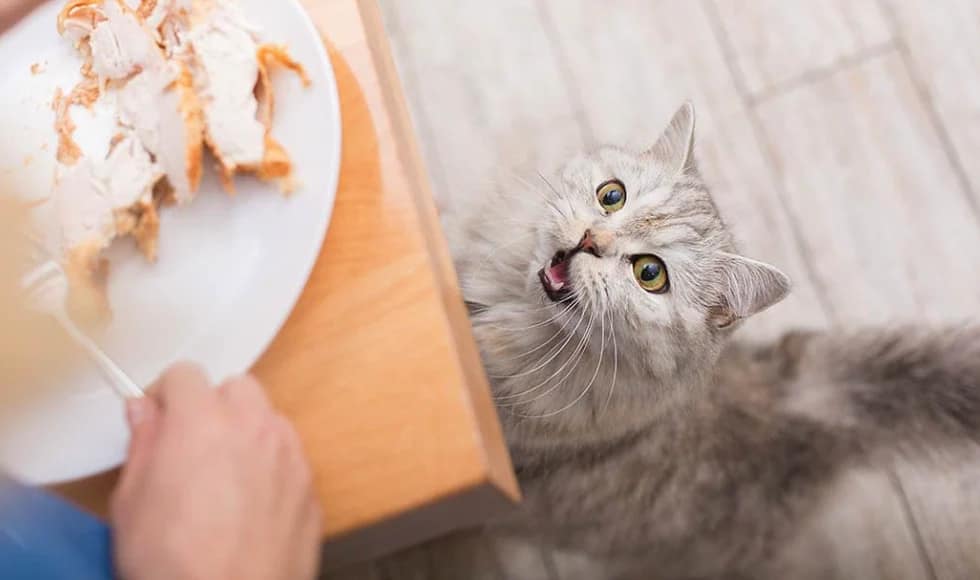
Is Homemade Cat Food Always the Healthier Choice?
While the idea of homemade cat food tugs at our heartstrings, it’s important to approach it with a balanced view. Not every homemade meal is inherently superior to commercial diets—in fact, high-quality store-bought foods can offer similar benefits without the hassle.
Comparing Homemade to Commercial Cat Foods
Commercial cat foods have come a long way, with many brands prioritizing natural, wholesome ingredients. For instance, you can find canned options free from artificial additives, grain-free varieties, and even organic lines available online or at local pet stores. These products often mirror what you’d use at home, like real meat proteins and veggies, but they’re formulated by experts to ensure completeness.
If your cat has sensitivities, commercial veterinary diets are designed under rigorous standards to prevent cross-contamination and flare-ups. Options like duck and potato formulas make it straightforward to manage allergies without starting from scratch in your kitchen. Being a smart shopper means you can reap the rewards of “homemade-like” quality while saving time and reducing risks.
That said, not all commercial foods are equal. Lower-end brands might skimp on quality, so reading labels is key. Look for those with meat as the first ingredient and certifications from bodies like AAFCO (Association of American Feed Control Officials) to guarantee nutritional adequacy. This way, you’re providing trustworthy nutrition without the guesswork.
To delve deeper, studies show that while homemade can be beneficial, commercial diets often excel in consistency. For example, mass-produced foods undergo testing for nutrient levels, something that’s harder to achieve at home without professional input. This reliability can be a lifesaver for busy pet parents juggling work, family, and feline care.
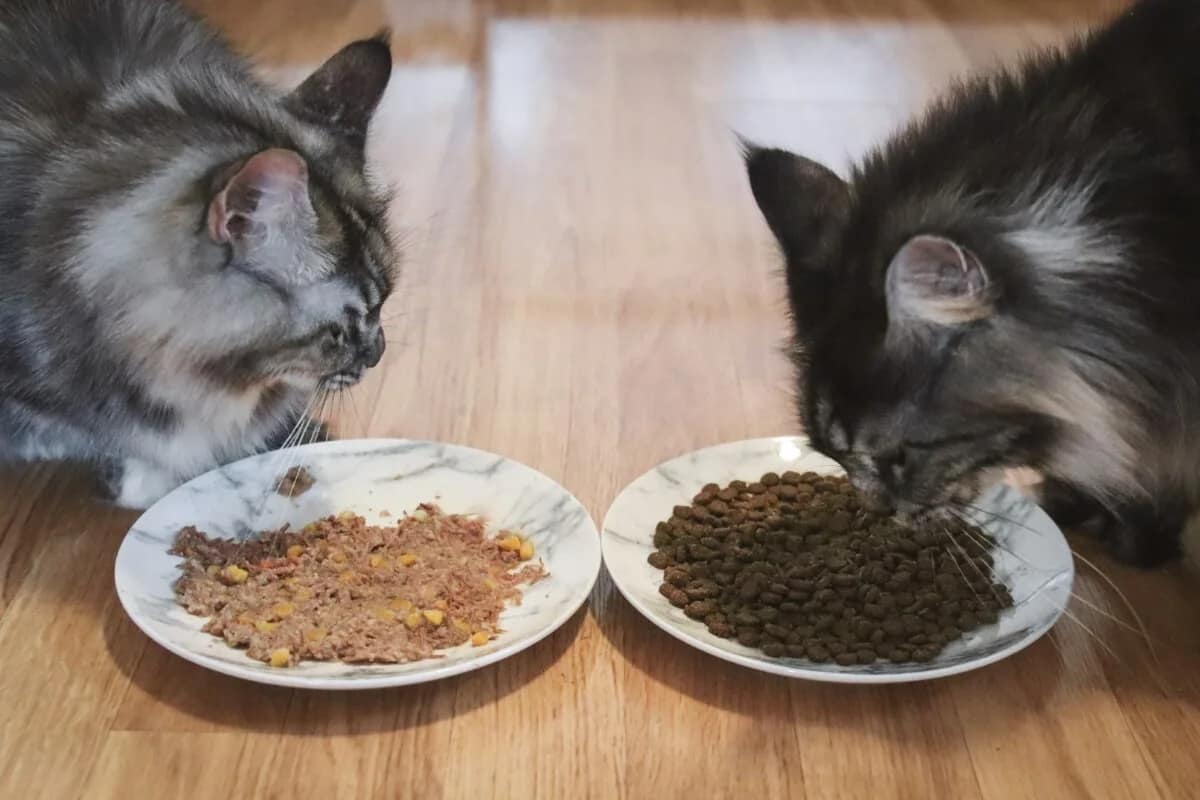
The Raw vs. Cooked Homemade Cat Food Dilemma
If you’re leaning toward homemade, you might also ponder raw diets—uncooked meats and bones that mimic a cat’s ancestral eating habits. But as empathetic cat parents, we must weigh the excitement against potential pitfalls. For a deeper dive into the safety and preparation of raw meats, explore our comprehensive guide on cats and raw meat to make informed choices.
Raw homemade cat food carries risks like bacterial contamination. Shockingly, about one-quarter of raw chicken parts in human food facilities test positive for Salmonella or Campylobacter, per USDA estimates.
Healthy cats might handle some pathogens, but kittens, seniors, or those with weakened immune systems could face serious illness. Even asymptomatic cats can spread bacteria to humans, especially vulnerable family members like children or the elderly.
Additionally, including raw bones—advocated by some raw feeders—ups the ante for dental fractures or gut injuries, even if they’re softer than cooked ones. Cooked homemade food sidesteps these issues by killing off harmful bacteria while still offering freshness.
Veterinary experts often recommend cooked over raw for safety, emphasizing that the benefits of raw (like potential dental health from chewing) don’t outweigh the dangers without strict handling protocols. If raw calls to you, consult a vet nutritionist for safe preparation tips, like freezing meats to reduce parasites.
Expanding on this, raw diets might appeal for their “natural” vibe, but modern cats thrive on balanced nutrition over wild mimicry. Think about your lifestyle—raw requires impeccable hygiene, from sourcing to storage, which isn’t feasible for everyone.
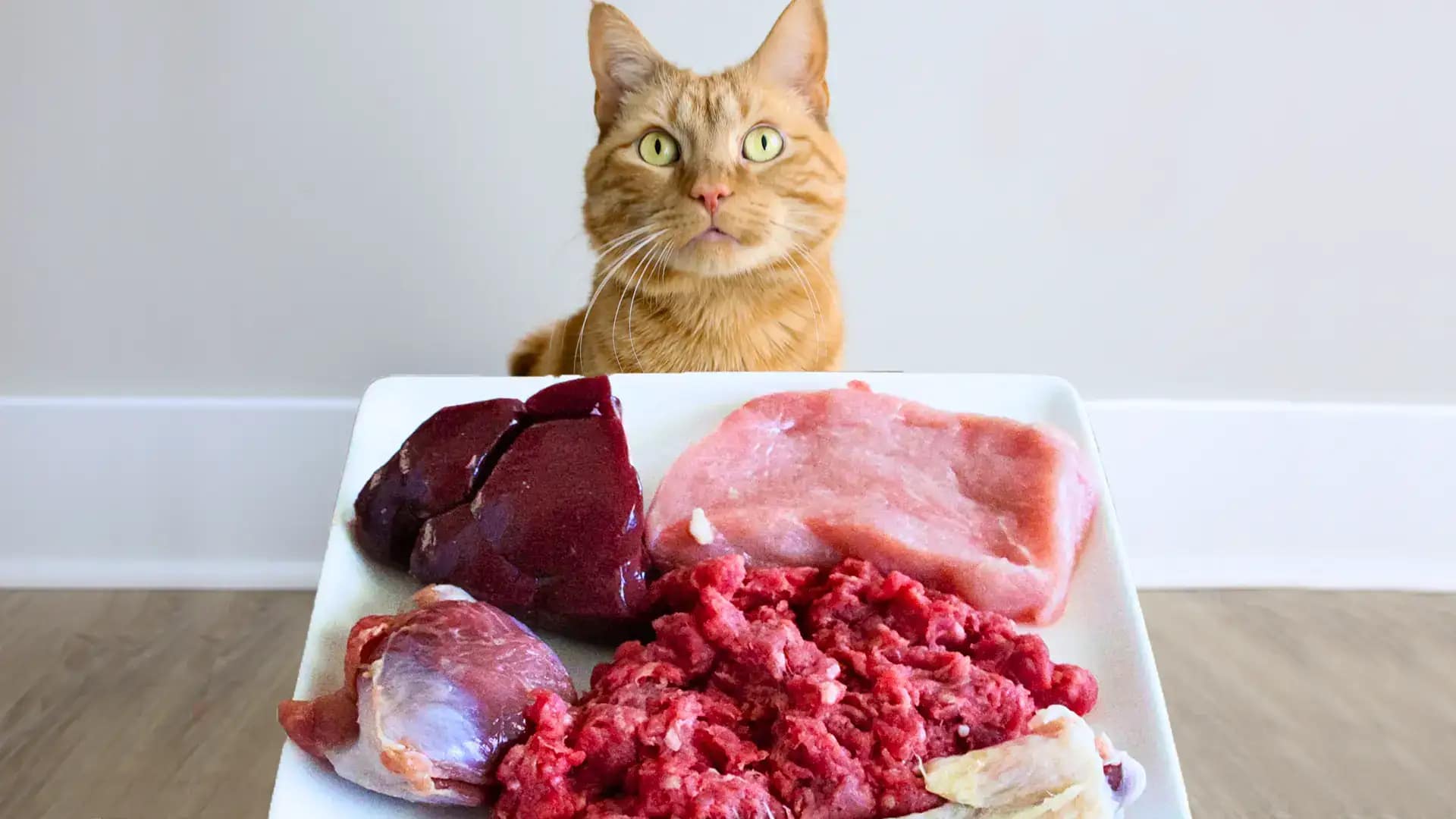
Essential Guidelines for Crafting Balanced Homemade Cat Food
If your heart is set on homemade cat food, let’s talk practical steps to do it right. Remember, our goal is thriving cats, not trial-and-error experiments.
Ensuring Nutritional Balance for Your Feline Friend
Cats are obligate carnivores, needing specific nutrients like taurine, arachidonic acid, and vitamin A that aren’t abundant in plant-based foods. Imbalances can lead to heart issues, vision problems, or skin woes. A 2019 study evaluated 114 homemade cat food recipes from books and online sources, finding nutritional issues in every single one—highlighting how easy it is to miss the mark.
To avoid this, focus on protein-heavy recipes with fats, vitamins, and minerals in precise ratios. Tools like nutrient calculators can help, but they’re no substitute for expert advice.
Sourcing Vet-Approved Recipes
Skip random internet finds; opt for recipes from board-certified veterinary nutritionists. Your vet can refer you to specialists via the American College of Veterinary Nutrition, or check services like Petdiets.com or BalanceIt.com. These pros customize for your cat’s age, weight, and health, ensuring nothing falls through the cracks.
For example, a basic framework might include 80-90% protein from meats like chicken or turkey, 5-10% organs for vitamins, and small amounts of veggies or carbs if needed. But always personalize.
The Crucial Role of Supplements
No homemade diet is complete without supplements—it’s nearly impossible to hit all nutrients naturally. Key ones include taurine (for heart and eye health), vitamin E, B vitamins, and minerals like calcium and phosphorus. Reputable recipes specify exact amounts; ignoring this is a common pitfall leading to deficiencies.
Common mistakes here? Forgetting choline, iron, thiamine, zinc, manganese, or copper, which can cause anemia or coat problems. Always source pet-safe supplements and measure precisely.
Time, Cost, and Commitment: Is It Right for You?
Homemade isn’t quick or cheap—you’ll spend time shopping, prepping, and cleaning. Batch-cook and freeze portions for convenience, thawing overnight and warming to body temp before serving. Discard uneaten food after two hours at room temp or a few days in the fridge to prevent spoilage.
Factor in costs: Quality ingredients and supplements add up, potentially more than premium commercial foods. If time is scarce, this might strain your routine, but for dedicated parents, it’s rewarding.

Common Mistakes to Avoid in Homemade Cat Food
Even with good intentions, errors happen. Top ones include not supplementing taurine (vital for cats, as they can’t make it themselves), skimping on essential fats, or altering recipes without guidance. Over time, many parents substitute ingredients, leading to imbalances—always consult before changes.
Other pitfalls: Over-relying on one protein source (causing allergies), ignoring calorie counts (leading to obesity), or poor hygiene (risking contamination). Start small and monitor closely.
Homemade cat food allows you to tailor recipes to your cat’s specific needs, such as adjusting portions for weight management or incorporating supplements for joint health. To make this even more precise, consider using our Calculadora de calorias para gatos to determine your cat’s daily energy requirements based on weight, activity level, and age—this can help ensure your homemade meals provide the right balance without overfeeding.
Switching to Homemade Safely
Abrupt changes upset delicate digestive systems, causing vomiting or diarrhea. Transition over 7-14 days, mixing increasing homemade portions with old food. If issues arise, revert and chat with your vet—patience is key.
Regular Vet Visits: Your Safety Net
Schedule check-ups 2-3 times yearly for bloodwork and weight checks to catch imbalances early. This ensures the diet evolves with your cat’s needs, like adjusting for aging.
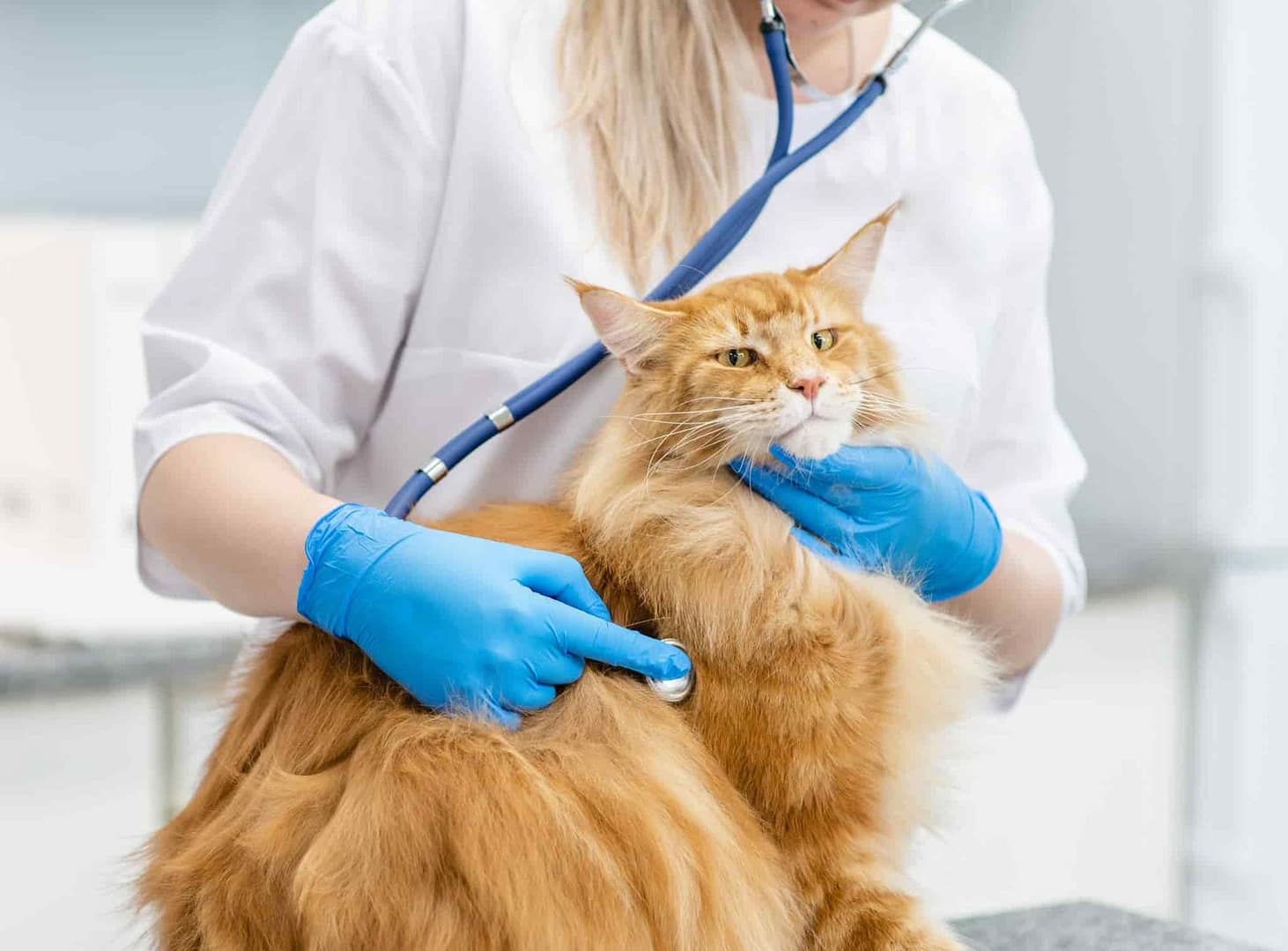
Wrapping Up: Key Takeaways for Cat Parents
In the end, whether homemade cat food is “better” depends on your situation—it’s fantastic for customization but demands diligence to avoid risks. Prioritize balance, vet guidance, and your cat’s cues.
As pet parents, our love shines brightest when informed by practicality and empathy. If you’re considering the switch, start with a vet consult to ensure your kitty thrives. Remember, the best diet is one that keeps tails high and purrs loud.
PERGUNTAS FREQUENTES
What are the main benefits of homemade cat food?
Homemade cat food offers control over ingredients, making it ideal for avoiding allergens and using fresh, organic options. It can also tempt picky or sick cats to eat better.
Is raw homemade cat food safe for my cat?
Raw diets risk bacterial contamination like Salmonella, especially for vulnerable cats. Cooked versions are safer; always consult a vet.
How do I ensure my homemade cat food is nutritionally balanced?
Use recipes from veterinary nutritionists and include supplements for key nutrients like taurine. Regular vet monitoring is essential.
What common mistakes should I avoid with homemade cat food?
Avoid skipping supplements, altering recipes without advice, or using unapproved sources—these can lead to deficiencies.
Can I mix homemade and commercial cat food?
Yes, a gradual mix can ease transitions and provide balance. Start small and observe your cat’s response.

